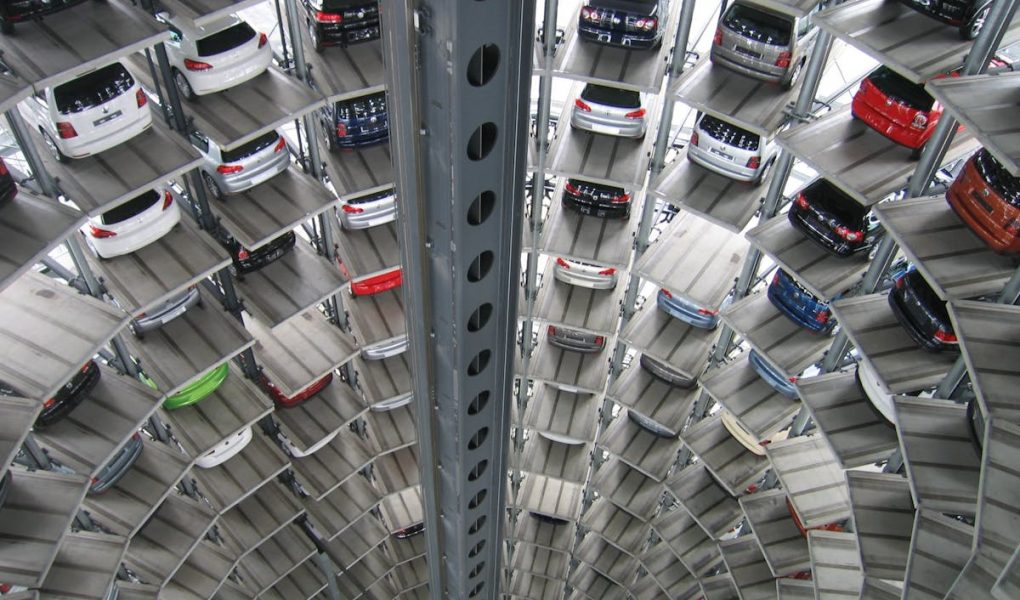
- Commercial transportation is vital for sectors to exploit global markets and realize their economic potential.
- It serves as a critical enabler, fostering global growth by connecting disparate economic regions and sectors.
- Beyond moving goods and people, transportation catalyzes innovation and investment, driving broader economic impacts.
- The sustainability and development of transportation systems are pivotal for future communal prosperity.
- Transportation’s role extends beyond logistics, influencing our daily lives and the global economy’s health.
The vast web of economic activities that sustains and furthers the global community is intricately connected. At the heart of this nexus lies commercial transportation, a sector without which the modern economy would grind to a halt. In this in-depth exploration, we will chart how commercial transportation underpins the very foundations of our economic system, influencing trade dynamics, fueling employment, and enabling growth on a worldwide scale.
Understanding the Economic Significance of Commercial Transportation
Commercial transportation refers to the movement of goods and services from one location to another, a function indispensable to commerce. It embodies a complex network of vehicles, vessels, and aircraft orchestrated to deliver goods efficiently and economically.
The Infrastructure of Trade and Commerce
International trade, regional commerce, and even local markets rely heavily on transportation systems’ interoperability. Roads, bridges, airports, and seaports serve as vital nodes in the economic network, fostering exchange across the globe.
Development of Transportation Infrastructure
The evolution of transportation infrastructure signals the advancement of human society. From the first rudimentary paths laid by ancient civilizations to the modern high-speed railways and global air routes, each iteration has brought us closer to the ideal of a borderless market.
In every era, infrastructure development has been spurred by the need to move more goods more quickly and more efficiently. The speed and capacity of transportation systems have a direct correlation with commercial growth, as logistics functions seek to bridge more expansive geographies with their agile operations.
Impact on Global Supply Chains
The intricate dance of global supply chains is choreographed by the thoughtful design and continuous improvement of transportation networks. Whether it’s the “just-in-time” delivery schedules of automotive manufacturers or the transcontinental flow of consumer products, efficient transportation is the linchpin that maintains the integrity of these complex systems.
Supply chains are not just about movement; they’re about timing. The punctuality and predictability of transportation services have ripple effects on inventory management, production lines, and, ultimately, on the consumer’s experience. It’s a silent influence, yet one that resonates deeply in the global marketplace.
Enhancing Accessibility to Markets
The role of commercial transportation in expanding market access cannot be overstated. Producers in remote regions are now able to reach distant consumer populations, and international trade has grown exponentially, transforming local industries into global enterprises.
Accessibility breeds competition and innovation. When businesses have the potential to cast their nets wider, new efficiencies are discovered, and novel products are brought to market. This expansion, fueled by transportation, gives rise to economic growth and the fostering of skilled labor in previously untapped markets.
Economic Contributions of Commercial Transportation
Beyond the narrative of connectivity and expansion, commercial transportation is a significant economic force in its own right.
Generating Employment Opportunities
The transportation sector is a bastion of opportunity. Jobs in trucking, shipping, and logistics form the backbone of the industry, supporting millions of individuals and families around the world.
The ubiquitous presence of in-demand trucking jobs, in particular, melds necessity with entrepreneurship, offering the means for a significant portion of the global population to earn a living. These roles go beyond mere employment; they represent the critical function of transporting goods directly to consumers, contributing to the livelihoods of an entire society.
Contribution to GDP
The transportation sector’s contribution to the Gross Domestic Product is substantial and multifaceted. Beyond the direct economic value of transport services, the associated activities such as warehousing, packaging, and materials handling collectively bolster GDP figures.
Logistics and freight services, as integral parts of the transportation sector, play a pivotal role in the commercial ecosystem. The rigor and efficiency with which they operate translate to substantial economic gains, engendering confidence in the reliability of global trade.
Supporting Industries and Businesses
Industries and businesses downstream from the transportation sector owe much of their prosperity to its efficiency. Manufacturing, retail, and the burgeoning e-commerce space all rely on timely and dependable transportation services to realize their full potential.
This symbiotic relationship exemplifies how the success of any given sector is often linked to its ability to interconnect with the wider economic milieu. In this regard, commercial transportation acts as a great facilitator, breaking barriers and opening new vistas for enterprises to explore.
Conclusion
The story of commercial transportation is one of silent but profound economic impact. It’s about more than vehicles and miles traveled; it’s a catalyst for global growth, an enabler of opportunity, and a reflection of the interconnectedness that defines the modern economic landscape.
This is a pivotal moment where the further development and sustainability of transportation systems will directly affect our communal prosperity. It’s a continuous cycle of investment and innovation, where each advance in commercial transportation leads to a new dimension of economic possibility.
You should consider the broader implications of transportation on day-to-day life and global economic health. From the food on our plates to the devices in our hands, the story of how they came to be is inextricably linked to the vehicles that carried them and the networks that made their journeys possible.
